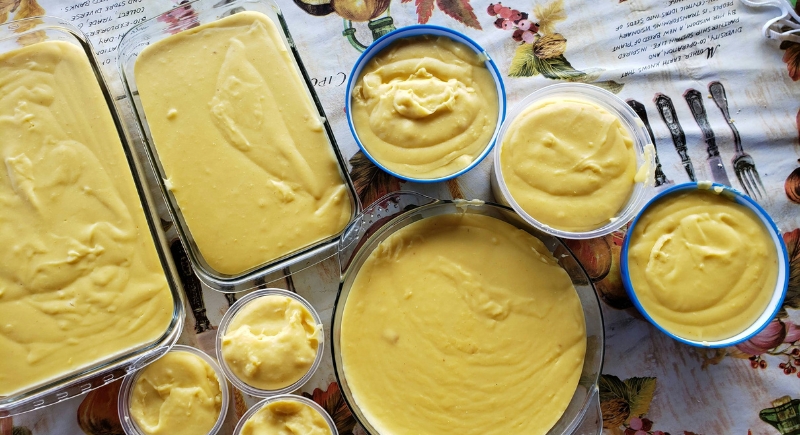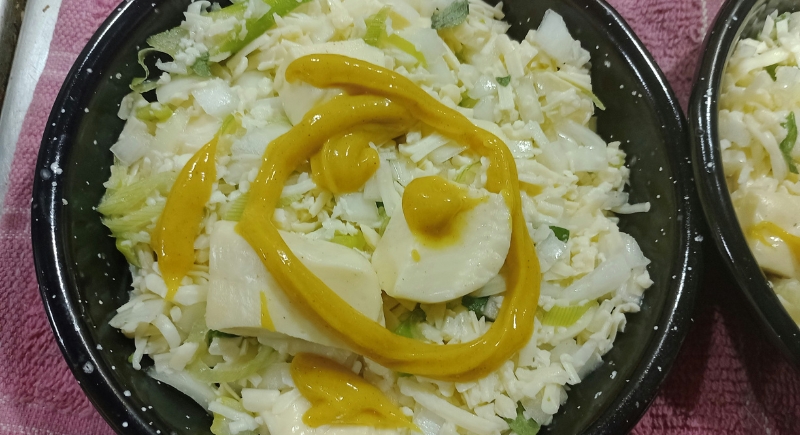The French Secret to Making Vegetables Taste Amazing
Vegetables on their own are fine. Great even, if you’re the kind of person who can steam a head of broccoli and call it dinner. But for the rest of us, vegetables often need to come with a little encouragement that makes you actually want to eat a pile of carrots or green beans without wishing you’d ordered fries.
This is where the French do what they’ve always done best. They take something plain, apply a bit of technique, and suddenly you’re staring at something buttery, glossy, and way too good for a side dish. Their secret is beurre monté, and it’s been working its magic long before anyone needed a reason to start eating more plants.
Melted Butter Isn’t Always Enough

Image via Unsplash/Dieny Portinanni
Once you melt butter, it separates into three parts: butterfat, water, and milk solids. This is useful if you’re trying to make brown butter or clarify it for high-heat cooking. But it’s not so helpful when you’re tossing it over some sautéed asparagus and watching all that flavor puddle at the bottom of the plate. The vegetables come out greasy or weirdly wet, with no real flavor sticking to the veggies.
Beurre monté fixes that. Instead of separating, it blends the butter and water into a sauce that stays smooth and thick. It clings to vegetables without drowning them and doesn’t break apart unless you boil it or let it sit too long.
It’s just two ingredients, but it’s good enough to be called a technique. You need cold butter and warm water only. The butter doesn’t have to be some high-end product, though European butter works well. I’m pretty sure whatever’s in your fridge would work, too. Start with a tablespoon or two of water in a small saucepan and heat it until it steams. Note that steaming doesn’t mean boiling, so don’t heat until there are bubbles. Keep the heat low and the whisk close.
Cut the butter into chunks and add one piece at a time, whisking until it melts before adding the next. Keep going like this until you have a smooth, pale yellow sauce that looks like loose custard. That’s your beurre monté. Sometimes it’s hard to believe you didn’t add a thickener.
It doesn’t take long, so don’t rush. The sauce isn’t forgiving if you get distracted and let it boil. High heat breaks the emulsion, and you’re back to melted butter. Once the last piece goes in, take it off the stove. You can keep it warm, but don’t let it sit too long without attention.
Use It Right Away and Use It on Anything
Beurre monté isn’t something you make as meal prep. It doesn’t store well. Once it cools, it solidifies, and reheating it usually breaks the emulsion unless you’re really patient and careful. It is best when made fresh and tossed with vegetables that are already cooked. It only takes five to ten minutes, and you don’t need much.
It’s also not a cooking fat. You don’t sauté with it or use it to roast. You blanch green beans, roast carrots, and steam broccoli, then toss them in this sauce until they’ve been fully coated. You can also spoon it over the vegetables on the plate or dip roasted potatoes in it like fondue—whatever you like.
Some people use it for poaching fish or shellfish. If you want to change the flavor, you can throw in a sprig of thyme or a little lemon juice. Garlic works, too. The point is that once you know how to make it, you can stop treating vegetables like an obligation.
Beurre monté can even make bitter greens less harsh. When coated in it, wilted kale or chard softens into something more mellow. Even Brussels sprouts start tasting better when they’re not left alone to get dry and charred.
Asparagus, green beans, sugar snap peas, radishes, and mushrooms all carry the sauce well. Carrots and potatoes soak it in a little more, but that’s not a bad thing. The only vegetable that doesn’t really work here is tofu. It tends to take in the fat, but not in a great way.
You can serve it as a warm side dish or pile it into a bowl and call it dinner. If you want to stretch the plate, throw in some seared chicken, shrimp, or a soft egg. The sauce holds everything together.
If you end up with too much sauce, it can be used like regular butter for other things. Don’t use it in baking, though, because the extra water throws everything off. But you can melt it back down into eggs, drizzle it over toast, or finish off a pan of sautéed mushrooms.
The beauty of beurre monté is that you don’t need to be a chef to make it, but it feels like something you’d get at a restaurant. Plus, it solves the issue of texture in food, something a lot of home cooks skip over. They focus on flavor and forget that how it feels when you eat it is just as important.
Try It Once

Image via Unsplash/Ariel Cattai
The first time you make it, start with a half-stick of butter and one tablespoon of water. Focus on getting the texture right. Use it on roasted carrots or steamed broccoli. See how it changes the entire dish. Then start messing with it. Add herbs or spices, and use lemon or vinegar instead of water. Try it with snap peas, radishes, or roasted fennel.